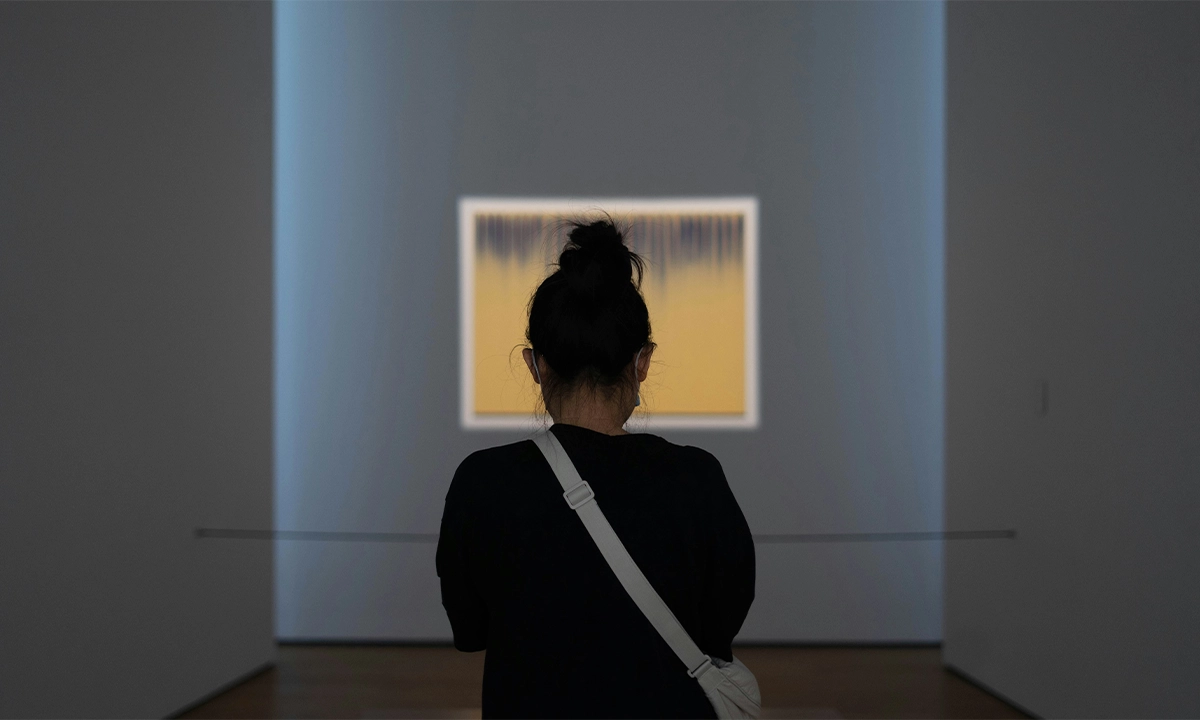How Gen Z is redefining art commentary,
one viral video at a time.
A long time ago, if you wanted to read art criticism, you read Artforum or perhaps scrolled into an online review behind a subscription paywall. Today, it may appear on your "For You" page—encased in bold font, read aloud in 60 seconds, played over B-roll of gallery walls and glow-in-the-dark sculpture, capped with a trending sound track.
Welcome to the TikTok art review.
At first glance, it's irreverent. But don't be misled—some of the most vigorous arguments about art today are being had on this app. The tone is new, the opinions are quick-draw, and the audience? Young, actively engaged, and eager to call out institutions. It's not criticism. It's commentary, humor, cultural critique, and creative response—side by side.
A New Type of Critic
TikTok's most convincing art critics operate outside of the rulebook. They are design students, artists, curators, or just nosy spectators. What they lack: MFA stature, bylines, column inches. What they possess: voice, timing, and the power to boil "gallery speak" down into something that actually speaks to one.
Most of them tear apart exhibitions for entertainment or hot take, but others dispense quick history lessons, private responses, or sharp critiques of curatorial decision and institutional action. It's performance art criticism. And they're hearing it—sometimes by the hundreds of thousands.
Short Format, Big Impact
Maybe the most persuasive change on TikTok is that short doesn't mean dumbing down. Instead, short means condensing. And if executed well, a 60-second critique is stronger than a 1,200-word think piece. That's because it strikes the viewer where he or she happens to be—in his pocket, on the way somewhere, doing something else—and drops insight without ceremony.
It’s criticism that fits the moment: punchy, reactive, emotionally intelligent.
Of course, the flip side is the risk of oversimplification. Speedy opinions and massive reactions are delightful to the algorithm, but it can reduce nuance. But several creators are working on how to put complexity in—through stitching, text, or multi-part videos which leave space to expand on.

Challenging Institutions
What is most potent about TikTok is how rapidly it can mobilize popular opinion. Museums, galleries, and artists are being challenged by online publics who are keen to speak out against what they perceive as exploitative, elitist, or out of touch.
When an exhibit leans too hard on aesthetic coolness and not enough on culture? Someone will blog about it. When a gallery does not credit where credit is due or shows dubious work? The teardown to end all tear downs is coming. The stakes are greater. Clarity and context are more important than ever—because the internet has eyes.
Criticism like this isn't always easy for institutions—but needs to be done. It holds everyone to account.
Why Artists Should Pay Attention
TikTok is a test for artists—and an opportunity. It's a space where work can be made big in an instant—but where it can get lost in translation or misinterpreted in the time it takes to blink. That's why it's so important to pay attention to how your work fits into digital culture. What are they going to grab onto? What are they going to lose?
The smart thing to do? Welcome the platform—not only to market, but to overhear. Watch what's happening. Observe what sticks. Make the feedback loop apart of your workflow—not the entirety, but an integral heartbeat.
Because what TikTok informs better than any review of a gallery is how folks feel about your work in the moment.
Final Thought
Art Criticism is Alive—It Just Changed Clothes. If you believe art criticism is dead, you're not where you need to be looking. It's alive and kicking—it just appears differently. It's low-fi, opinionated, quick, and sometimes sloppy. But it's also raw, honest, and ferociously democratic. TikTok didn't kill thoughtful engagement—it constructed a new stage. And the great news? Everyone can get on the stage.

.svg)















